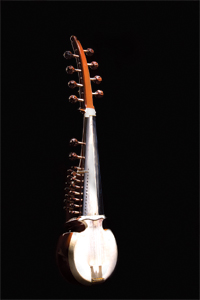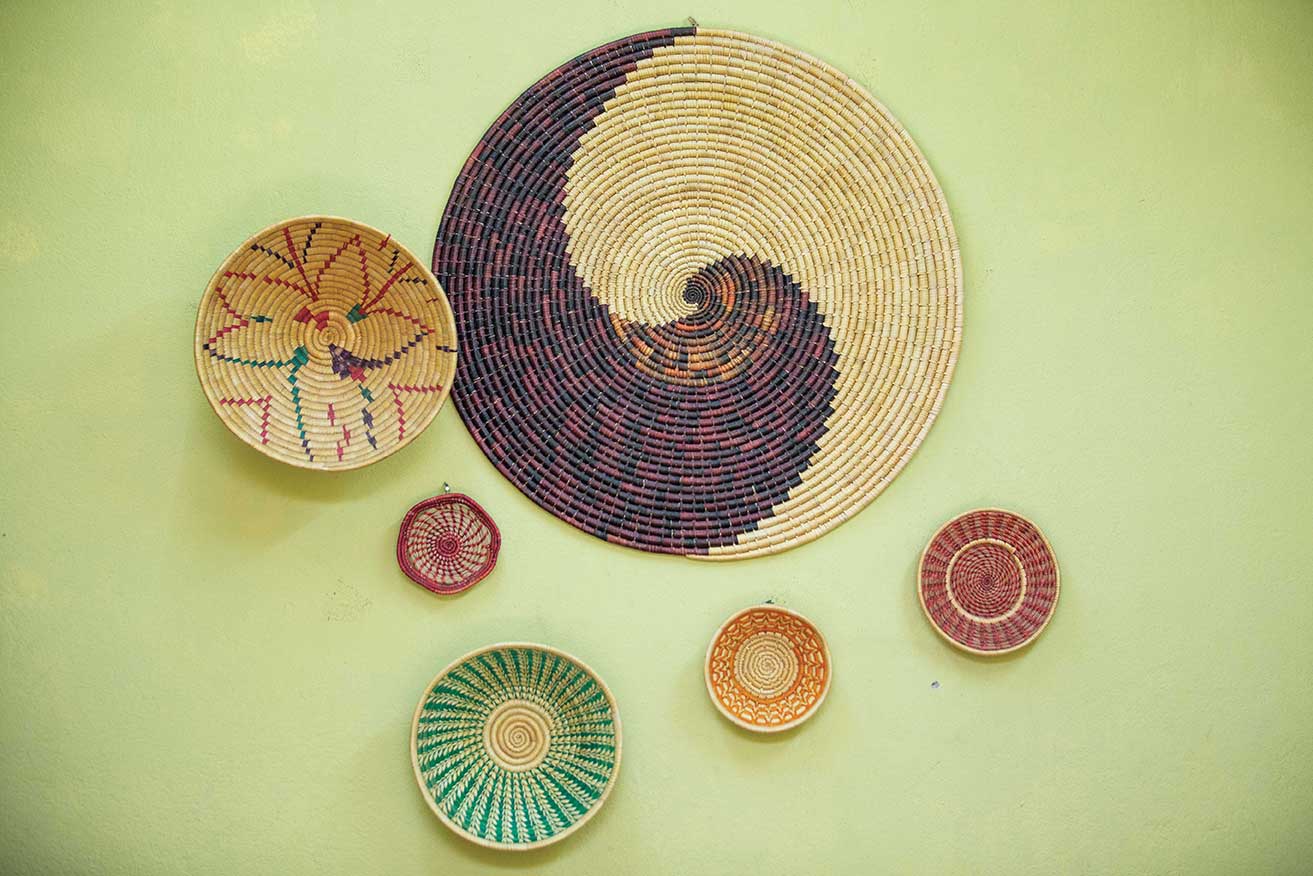Sarod player Suresh Bajracharya talks about the instrument that established him as an up and coming musician.
Underneath an evening sky, I sat down in Patan Museum courtyard with the other attendees for what promised to be an enchanting Sarod music show. The promise was lived up to. Listening to the melodious tunes was pure bliss. “Music is the language of the soul” - everyone who sat there tapping their feet to the soulful music of the sarod maestro were made to belive it that evening.
 Time traveling with sarod
Time traveling with sarod
The tone and the structure of the sarod - having borrowed attributes of other similar string instruments - are likely to put any music enthusiast at awe. The name sarod means ‘beautiful sound’ in the Persian dialect. It compliments the music that the instrument produces along with the resonance of other strings lined underneath.
I talked to Sarod maestro Suresh Bajracharya, who has dedicated his life to studying the anatomy and traits of the instrument. In our meeting after his delightful recital, he shared how the original form of the sarod was a four-stringed instrument called the Tungna, an instrument that Sherpas still play during various ocassions.
“The tungna reached Afganisthan with the Sherpas and the people there gave it a different shape. The newer instrument then got introduced as Rubab to the world,” said Mr Bajracharya, adding, “Indian traders who went to Afghanistan then performed their modification bits and turned the Afghani rubab into the sarod.”
 “In the book Nepali Sangeet Sadhak, it is written that the sarod was brought to Nepal before 1864 AD. Bir Bahadur Tandukar and Kuber Tandukar, the era’s famous sarod duo played the instrument here. In 1873, Indian sarodist Niyamatullah Khan, who lived in Nepal for 30 years, added more features like metal strings and a metal finger board before leaving for India. His death in India soon after leaving Nepal marked the end of the instrument’s modification. My research proves that the sarod’s structure was finalized in Nepal by the Indian Sarodist,” shared Mr. Bajracharya.
“In the book Nepali Sangeet Sadhak, it is written that the sarod was brought to Nepal before 1864 AD. Bir Bahadur Tandukar and Kuber Tandukar, the era’s famous sarod duo played the instrument here. In 1873, Indian sarodist Niyamatullah Khan, who lived in Nepal for 30 years, added more features like metal strings and a metal finger board before leaving for India. His death in India soon after leaving Nepal marked the end of the instrument’s modification. My research proves that the sarod’s structure was finalized in Nepal by the Indian Sarodist,” shared Mr. Bajracharya.
Sarod, a rare nail instrument is still evolving. The sounds are being boosted using pickups and numerous developments are being made in order to adjust it to the global music scenario. Like many other Eastern classical instruments, the sarod too has had a chance to collaborate with western instruments. The fusion between sounds of the East and the West assure us that the Sarod is here to stay, but the change in its sounds natural and inevitable.











